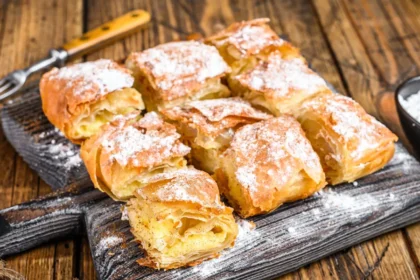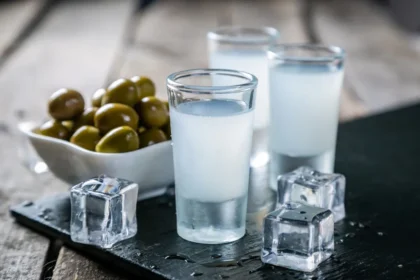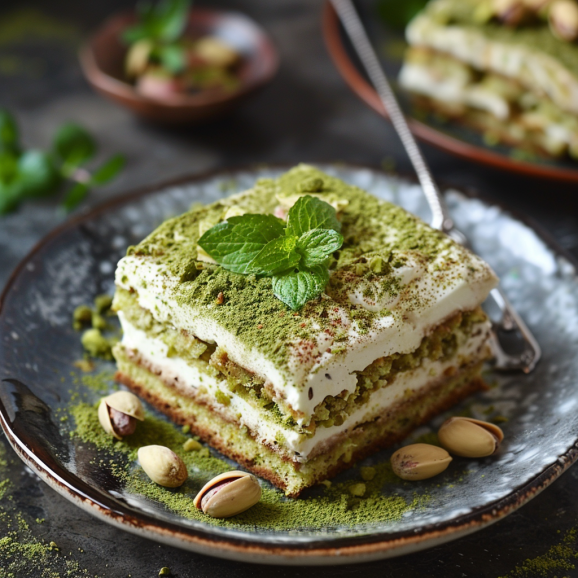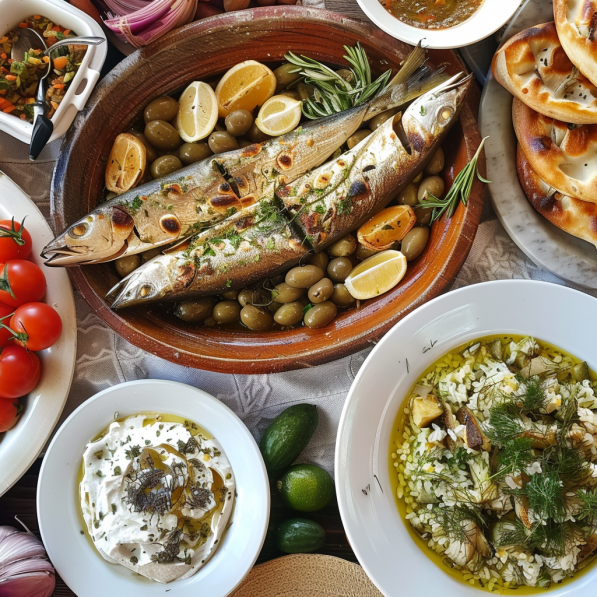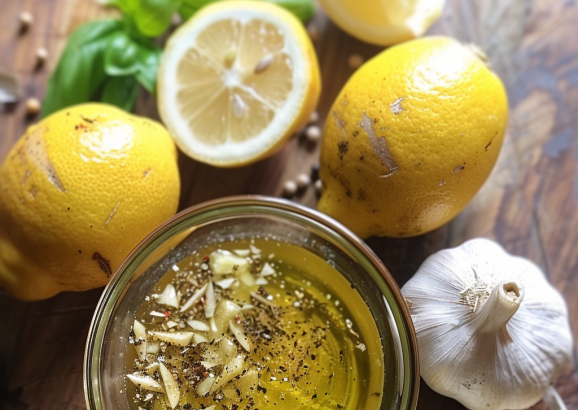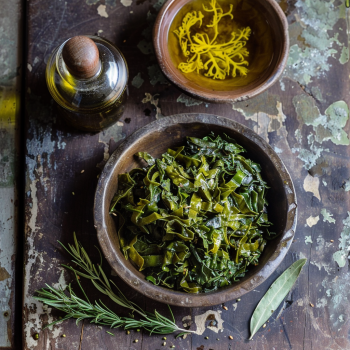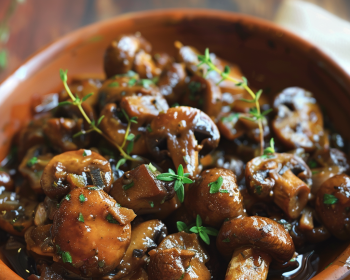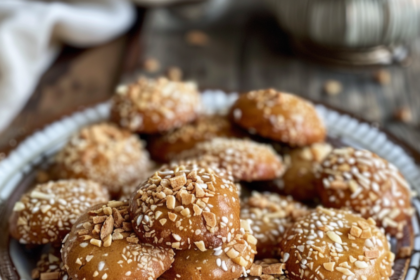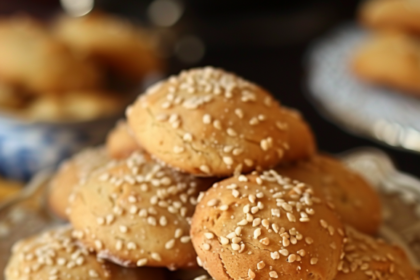
Passion for Greek Cuisine & Taste
At the heart of Cooking with Greek People lies a tale of passion, tradition, and the desire to share the rich tapestry of Greek culinary heritage with the world. It all began with a group of Greek food enthusiasts and chefs who believed that the essence of Greek culture could be shared through its distinctive and flavorful cuisine. Through this vision, Cooking With Greek People was born—a place where the richness of Greek traditions meets modern culinary exploration.
Cooking With Greek People brings together a wide variety of Greek and international recipes, tailored for every taste and dietary preference. From traditional Mediterranean flavors to modern and experimental dishes, the website offers detailed, easy-to-follow instructions, practical tips on ingredients, and cooking techniques. Whether you’re cooking at home or on the move, Cooking With Greek People serves as your trusted guide to creating impressive meals and discovering new ideas in the kitchen.
Categories
Must Read
Gluten-Free Lamb and Feta Breakfast Meatballs
Can breakfast be both luxurious and gluten-free but full of taste? Yes, it can! Picture this: your morning starts with yummy lamb meatballs mixed with…
Best Green Bean Casserole a Greek-Inspired Twist on a Classic Thanksgiving
Imagine elevating your traditional Thanksgiving menu with a delightful twist on the classic Green Bean Casserole. Introducing the Greek-Inspired Twist on Green Bean Casserole, this…
Greek Pistachio Aeginis Tiramisu: A Sweet Odyssey
Embark on a sweet odyssey with our Pistachio Aeginis Tiramisu. This delightful dessert combines the classic Italian tiramisu with the unique touch of Pistachio Aeginis,…
Delicious Flavors of Cretan Cuisine: A Culinary Journey
Cretan cuisine, renowned for its vibrant flavors and fresh ingredients, is a testament to the island's rich history and diverse landscape. Nestled in the Mediterranean,…
Delicious Gemista Recipe from the Ionian Islands
Are you ready to embark on a culinary adventure to the picturesque Ionian Islands of Greece? Get ready to tantalize your taste buds with the…
Chicken
Greek Lemon Garlic Marinade Recipe for Flavorful Dishes
Incorporating the flavors of the Mediterranean into your cooking can elevate any meal, and one of the best ways to do this is with a…
Pork
Greek Pork Gyros: Savor the Authentic Flavor
Embark on a culinary journey to the heart of Greece with my Authentic Greek Pork Gyros recipe. This delightful twist…
Vegeterian
Mediterranean Diet: Healthy Eating for a Vibrant Life
Have you ever wondered why the people living around the Mediterranean Sea seem to enjoy remarkable longevity and low rates of chronic diseases? The answer…
Desserts
Fresh Fruit Toppings – Delicious Additions for Every Dish
Have you ever wondered how professional chefs transform ordinary dishes into culinary masterpieces? The secret…
Greek Melomakarona: A Delightful Tradition
Greek cuisine is renowned for its rich flavors, diverse ingredients, and deep-rooted traditions. Among its…
Moustokouloura Cookies: Discover the Delicious Tradition
Discover the mouthwatering tradition of Greek Moustokouloura cookies. Made with grape must, these cookies represent…
Greek Honey Cake: A Delicious and Traditional Dessert
Greek cuisine is renowned for its rich flavors and healthy ingredients, and desserts are no…











